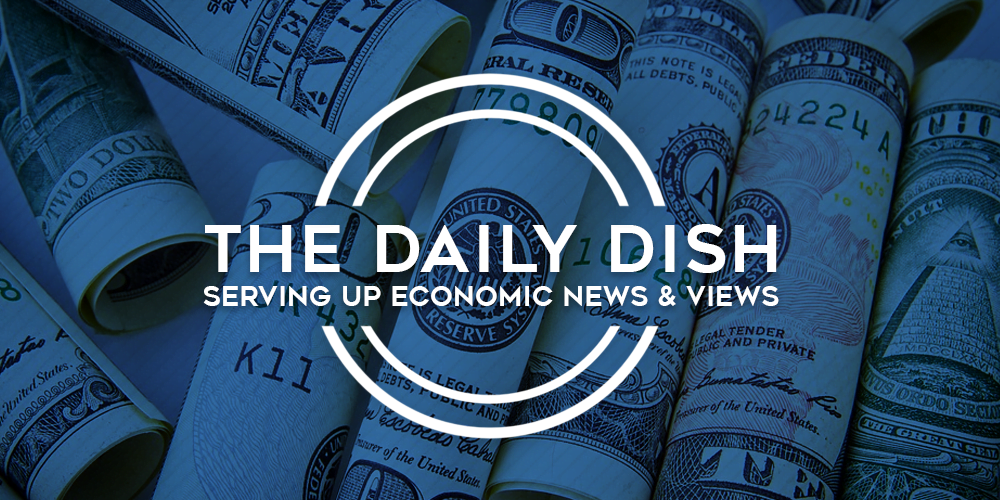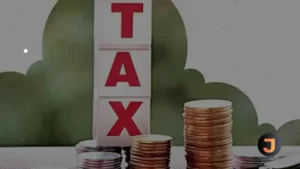Deciphering the Fiscal Impact of Biden’s Tax Policies
In a recent piece by
However, a closer examination reveals a different story. A significant portion of what is being termed as tax cuts is essentially government spending. The child tax credit from the American Rescue Plan is a case in point. It’s a refundable credit, meaning it’s paid out in full even to those without any tax liability. While it’s accounted for as a $110 billion tax cut, in reality, $89 billion, or 80 percent, is government spending through checks sent to individuals. Only 20 percent could be seen as actual tax reductions.
Similarly, the Inflation Reduction Act’s enhanced premium tax credits, which amount to $65 billion, are entirely outlays. The Act also includes $205 billion in refundable tax credits for clean energy initiatives, which are essentially checks from the government.
President Biden’s budget proposals reveal an intention to raise taxes to unprecedented levels relative to GDP, coupled with record spending proposals. These moves have raised concerns about their alignment with economic realities and federal debt levels.
The debate extends to how refundable tax credits should be recorded in the federal budget. The current method splits the forecasted impact into reduced taxes and increased outlays. Some argue for recording them solely as tax cuts, but this could be misleading. Considering that the government is committed to sending these checks irrespective of revenue, it might be more accurate to classify them entirely as outlays.
Despite efforts to reframe the fiscal narrative, it’s clear that the administration’s budgetary approach and tax policy are central to discussions on economic strategy and federal spending. As such, understanding the nuances behind these policies is crucial for grasping their true impact on the nation’s economy.






